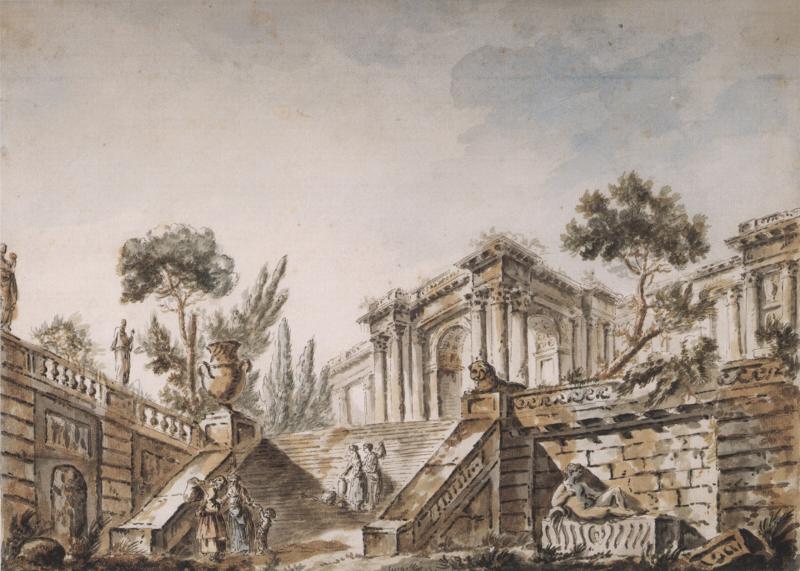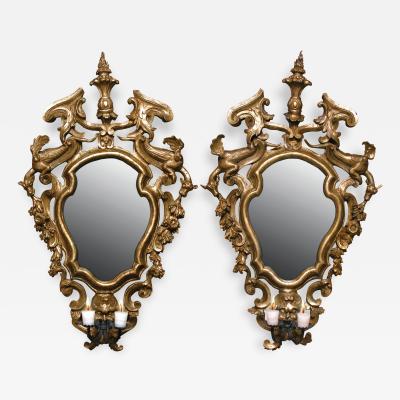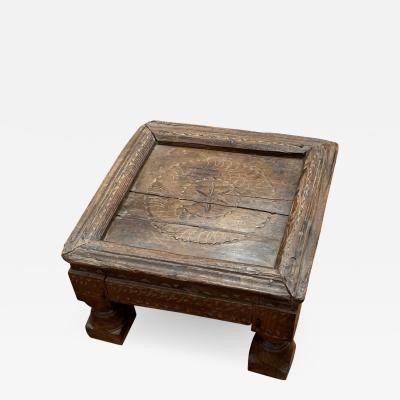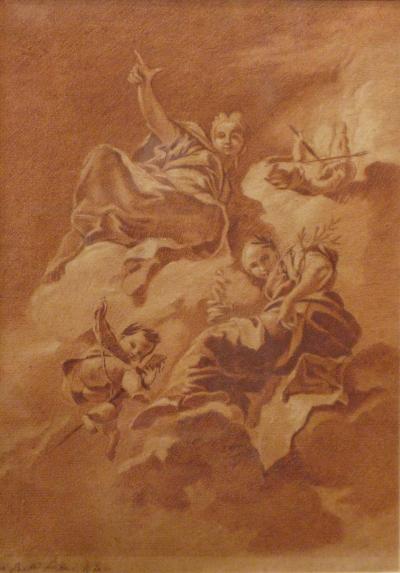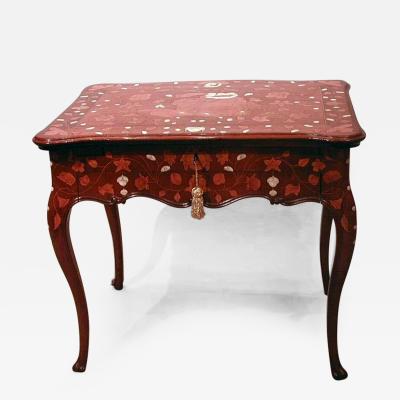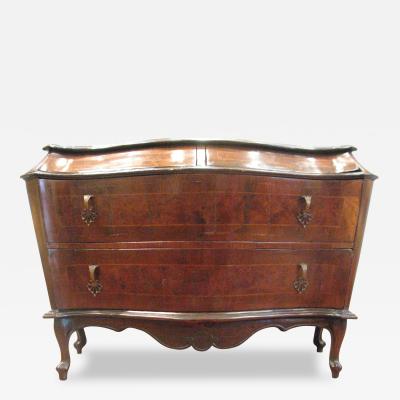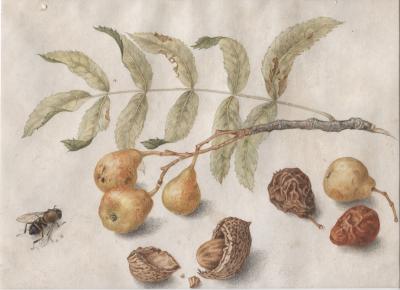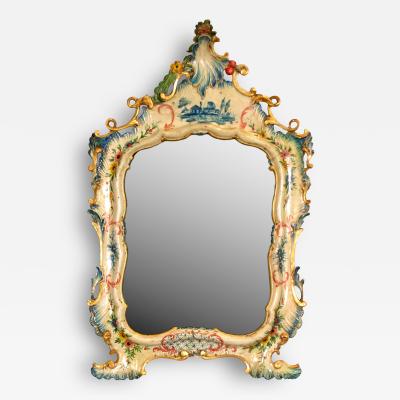Listings / Fine Art / Prints / Architecture
View of Classical Buildings
-
Description
Charles Louis Clerisseau won the Grand Prix for architecture in 1746. He had studied under J.F. Blondel at the Academie Royale d’Architecture. In 1749 Clerisseau was in Rome attending the French Academy, where he remained for over five years. Although he left the Academy in 1754, (after arguing with Charles-Joseph Natoire about his refusal to take Easter communions, which may have been due to his Jansenist sympathies), Clerisseau also studied under Germain Boffrand, he lingered in Rome until 1767, where he frequented the artists Mengs, Panini, Piranesi and the archeologist, Johann Joachim Winkelman, Cardinal Alessandro Albani and other members of the international society circle interested in the Antique.
On his way back to France the following year, he met the Scottish architect Robert Adam in Florence, (who was himself traveling to Rome). Adam appreciated Clerisseau’s talent in drawing, describing his work as, “ruins in architecture to perfection,” and persuaded Clerisseau to travel with him to draw more ruins, and to act as Adam’s instructor on architectural theory and drawing. Adam paid all the expenses on their extensive travels through Italy, including Herculaneum and later to Spalato in Dalmatia, to document the ruins of Diocletian’s Palace. Adam published The Ruins of the Palace of the Emperor Diocletian at Spalato, which became a great influence on the neoclassic style of architecture in England. Adam, however, sought to minimize Clerisseau’s work as the illustrator by only ascribing a few of the drawings to him. Adam was very intent on enhancing his own reputation, and didn’t relish sharing the fame. Adam paid Clerisseau a salary of 100 British pounds to remain in Italy until the Adams’ had well established their reputations in England.
Clerisseau finally returned to Paris in 1768 with enough architectural drawings and material to establish his own reputation and to see him elected to the Academie Royale as a painter of architecture. His work was important to the development of the neo-classical style of architecture, interior design and its dissemination.
The largest repository of Clerisseau’s work is in the Hermitage in Saint Petersburg. Catherine the Great had called him to her court, appointing him her architect and a member of the Academie of Saint Petersburg. The Empress had him design a maison antique at Tsarkoe Selo, which was never built. She purchased over a thousand of Clerisseau’s drawings, gôuache and watercolors. Upon his return to Paris he became chevalier of the Legion of Honor. -
More Information
Documentation: Ample Provenance Origin: France Period: 18th Century Materials: Ink and watercolor on paper Condition: Good. Creation Date: 1721-1820 Styles / Movements: Old Master, Other Incollect Reference #: 307176 -
Dimensions
W. 16.5 in; H. 12 in; W. 41.91 cm; H. 30.48 cm;
Message from Seller:
L' Antiquaire & The Connoisseur, Inc. specializes in European works of art, antiques, and paintings, with a rich history dating back to 1935. For more information, contact us at 212.517.9176 or info@lantiquaire.us.















